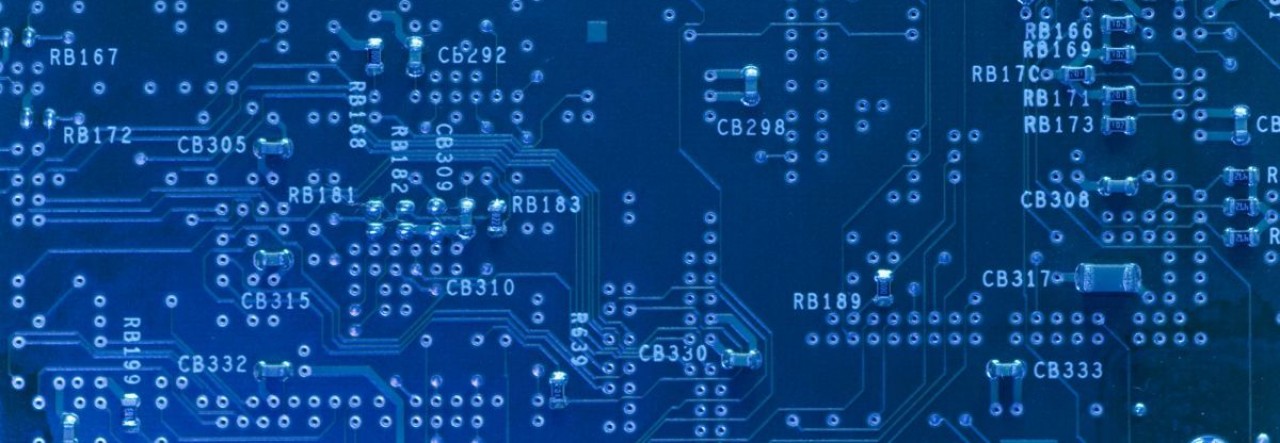OK, lets set a baseline here. The printed word is in trouble in many ways. On the one hand, it is enjoying something of a renaissance as social networking democratizes publishing, but on the other hand, actually being a professional wordsmith who is compensated for your effort, is under siege. Folks are still reading, although fewer of them are taking the time to read long form work, unfortunately, but they are increasingly looking for digital delivery of their content for the convenience and efficiency it offers. To date, there have been two barriers in the digital delivery of the printed word. The first is that a traditional, bound paper, book is a great form factor that provides an unmatched tactile experience. The second is that the ecosystem around digital delivery has remained weak. The industry has taken a run at the former for years now and Amazon, with the Kindle, finally seems to have gotten it almost right. Unfortunately, as competitors seek to match their offering, the latter problem is likely to get much worse.
Barnes and Noble recently announced their Nook device. It looks good. To be honest, the Sony eBook reader, the Kindle and the Nook all look pretty similar to me when it comes right down to it from a hardware perspective. Of course these devices will never match some of the “soft” qualities of paper, but I think folks are willing to make that tradeoff for the incredible convenience they bring. Classic corporate behavior, proven time and time again to be bad, seems set to create a mess for consumers as usual, unfortunately.
One would think that in an industry as in danger as “book selling”, there would be a greater likelihood for some out of the box thinking and some unity. Ridiculous idealism I know, but consider the landscape. Barnes and Noble has something which still, somehow, has some value. Call it nostalgia. Call it the last remnants of the social aspect of the human condition, call it the addictive nature of Starbucks… Whatever it is, there is still value in the brick and mortar stores B&N runs. They are cozy and warm. People kind of like visiting them. They don’t like actually buying books, apparently, but they do like standing around in a B&N and reading them.
Now take Amazon. Amazon is the ultimate expression of the internet efficiency machine. Poster child of web commerce. People like Amazon. A lot. But they like Amazon the way they like the train they commute to work in, their mailbox or a flu shot. It’s an efficient means to an end. It gets you a product quickly and cheaply with very little hassle. It doesn’t make you warm and cozy and it isn’t some place you visit just to be there.
The Kindle does well because a device reliant on digital delivery is a very good match for a retailer that has mastered digital delivery. That said, Amazon started as a shot across the bow of the legacy book seller, evolved into so much more, but really never killed off any of the old brick and mortar guys. So the Nook may just do well because folks do still come into that store for whatever reason.
The question I have is, why must we make this choice? Here is what I want to see. I want to see the publishing industry and its retail channel get together in a room and agree on some standards. A standard set of formats (preferrably without DRM, but realistically with it) and a set of standard fulfilment mechanisms. Web services basically.
I want to be able to buy book reader from any vendor based on price and features and know that it will be able to consume content from any distribution channel. If I go into a Borders or B&N, I want to be able to peruse the shelves and if I see something I like and want it digitally, scan the barcode with the camera built into my reader. I want an ISBN lookup to let me know if the book is available digitally, and if I’m interested, be able to purchase and download it immediately. If I am in a B&N and I own a Knook, then B&N owns the transaction. If you are in a B&N and own a Kindle, and you do the exact same thing, Amazon pays B&N a small “cut” since they were the “point of sale”. Similarly, if I take my Knook and download a book from Amazon onto it, B&N pays Amazon a small cut. If I have a 3rd party reader, I understand that prices will be a bit higher every time I buy a book because I must pay an “on ramp” charge for the ecosystem. This should be made up by the fact that my reader should be cheaper. If it isn’t , then the third party needs to work on their value proposition.
What the above would create is some “soft consolidation” in the book selling industry, which should make them all stronger. B&N can adjust, over time, how they inventory their stores as more purchases shift to digital fulfilment. The stores can start to become “showcase” locations for events of various kinds. Book signings, “kids days”, what have you. Once a partnership is established, Amazon might even choose to partner with a brick and mortar store (GASP!) to leverage that direct consumer touch for something.
The best part is the consumer would have more flexibility and choice while everyone (including the authors who are likely to sell more books) makes money. Of course this model forces each corporation to accept that they aren’t going to build an industry monopoly and, since “building a monopoly” seems to be the chief lesson taught at Ivy League business schools, don’t expect to see the above vision of commerce utopia happening any time soon.

